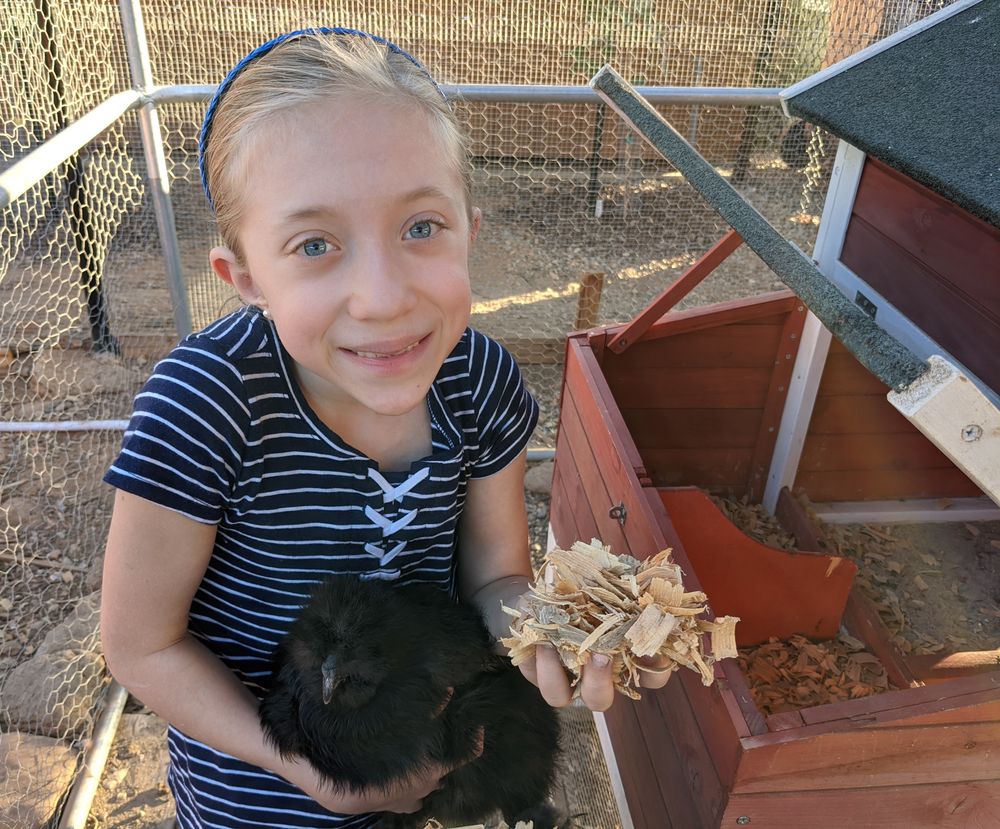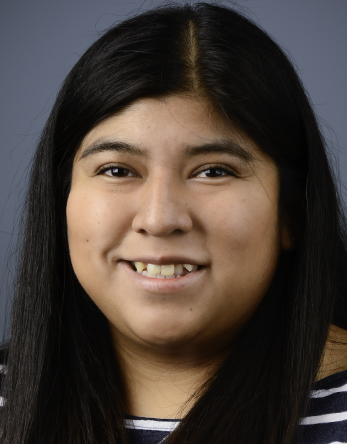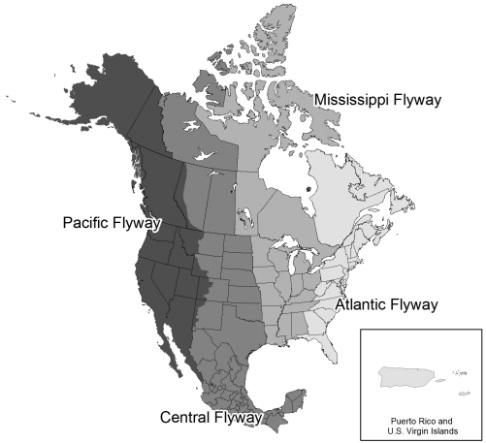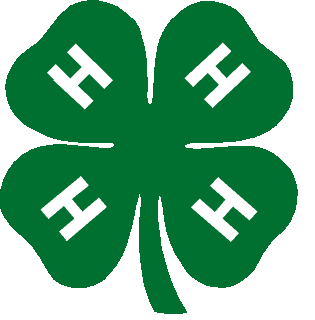2020-12-02: Avian Science Notes December Newsletter
University of California - Cooperative Extension
December 2020
_______________________________________
The Avian Science Notes Newsletter (current and back issues) written by Dr. Francine Bradley,
Extension Poultry Specialist Emerita from UC Davis, is always available at: https://avian.ucdavis.edu/
_______________________________________
IN THIS ISSUE:
News
National Avian Bowl Study Sections for 2021
How to Order the National Avian Bowl Manual
When and where - 2021 State Avian Bowl Qualifier
Preparing the Poultry House for Winter
Meet Myrna Cadena
Highly Pathogenic Avian Influenza in the time of COVID-19
Meeting Ideas: 4-H Quiz
Calendar
___________________________________________
National Avian Bowl Study Sections for 2021
(Same as published for 2020)
From National 4-H Avian Bowl Manual Rev. Jan. 2016 Pages
Raising Waterfowl (Sources through General Breeding Management) 26-30
Avian Systems (The Feather) 43
Growing Blue Ribbon Pullets (All) 57-65
Breeds, Varieties, and Strains (Introduction, Bantams Americans & Asiatics) 69-73
Eggcyclopedia (Curdling through It’s All in an Egg) 118-136
Ratites (All) 171-173
Commercial Poultry Industry (All) 175-176
Embryology (Parts of the Egg through Candling) 186-192
_____________________________________________
How To Order The National Avian Bowl Manual
The avian bowl manual is available from:
Clemson University, Bulletin Room – Room 82
96 Poole Agricultural Center
Clemson, SC 29634-0129
Cost per packet is $15.00 (includes first class shipping)
(864) 656-0109 (phone)
Payments cannot be made by check.
The following link can be used to purchase National Avian Bowl manuals, using a credit card: http://shopping.clemson.edu/. When the Clemson Shopping pages comes up, enter Man161 (NO spaces between the alpha and numeric) in the Search Products Box.
___________________________________________
When and where - 2021 State Avian Bowl Qualifier
At this writing, our California poultry show organizers are grappling with the uncertainties of the COVID pandemic, as well as state an local restrictions. Show representatives are being told by County fairgrounds officials that they also do not know what the situation will be in January and February of the new year. If they were to go by current guidelines, the event would have to be out-of-doors. If you’ve ever shivered in the tule or coastal fog, you probably would not want to expose your birds to such weather. Traditional show banquets would be out of the question.
The Greater California Society of Poultry Fanciers (GCSPF) has been the host site for our State Qualifier for many years. GCSPF President, Mr. Alan Gallegos, says he will make a decision on their February 2021 Show, right after January 1st. Should the State of California still prohibit large gatherings and/or the GCSPF organizers decide not to hold their show, I would, of course, postpone the 2021 Qualifier.
All of you will need to monitor my website: https://avian.ucdavis.edu/ for updates. Mark you calendars and set-up a reminder to check the website on Jan. 8, 2021.
_________________________________________
Preparing the Poultry House for Winter
The entries for the Contest advertised in the October issues (What I always do to prepare my poultry house for winter) were excellent. Almost magically, they appeared from a variety of California’s regions.
Reagan Ochalek is a member in lovely San Diego county and hers was the southernmost entry. She wrote: “Winter in Lakeside, California typically doesn’t get too chilly. However, when the nights get frosty I like to make my coops comfy for the ladies. I start by blocking the normal vents to prevent drafts. Then I fluff all the nesting boxes with fresh shaving to make sure they’re warm. Finally, I always make sure there is enough room to get away from rain or cold drafts which sometimes involves adding extra coverage on the run.”
Even though Reagan lives in an area famous for its temperate weather, she recognizes that there can be temperature extremes. It is clear from her comments about “adding extra coverage,” that she has at least some part of her pens covered. As you will read in the article by Myrna Cadena, poultry pens need to be completely covered, so as to prevent entry of any material from migrating waterfowl and other wild birds. So good start, Reagan, now just get all your runs covered with a solid surface.
Drafts are always of concern. Reagan is absolutely correct to be checking for drafts. Some of you may have the experience of being seated at the desk closest to the classroom door. In the winter, whenever someone opens the door, you get the cold draft across your feet and or/legs. Think about your birds perched on their roosts. If there are holes/spaces in the sides of the poultry houses, every time there is a gust of wind, a cold draft can be coming straight towards them.
Reagan’s addition of fresh savings to nest boxes is an important management practice year round. Clean nesting material helps insure clean eggs. We really do not want the birds sleeping in the nest boxes.
(Photo Sammy Belik and his coop) 
Moving up the state and looking at the winning entries, there is a contribution from Sammy Belik from Santa Rosa Valley 4-H in Ventura County. Sammy recounted that, “I live in the south, so it’s not as cold as other places. I do get wind and rain in the Fall. To prepare my coop, I take down the summer shades. This is so it doesn’t get wet or blow away, and it lets the sun shine into my coop.”
I was very pleased that Sammy brought up the issues of summer shades: protecting the shades themselves in the winter, securing anything that could blow away, and allowing for sun in the coop. It is always important to protect your investment. So if you purchased shading for this summer and the shades are still in good condition, you should clean and then store them for reuse next year. With the various shortages related to the pandemic, I personally found shade cloth to be very expensive in 2020. I grew up over the hill from Santa Rosa Valley and remember the terrible east (or Santa Ana) winds we had. It is so very important that anything you use to cover the top or sides of your poultry house, be securely attached. Of great concern is the use of corrugated fiberglass. If these sheets come lose and blow in strong winds, they can become deadly projectiles.
Not only is Sammy’s routine of removing the sun shade cost saving, and an important safety practice, it can help the birds’ winter comfort. Reagan mentioned “blocking off the normal vents to prevent drafts.” While you definitely do not want nighttime drafts, you do want the poultry house to air and dry out during the daytime. Many backyarders will make the mistake of keeping their poultry houses completely closed in the winter, thinking this is best to keep their birds warm and dry. Actually, that practice can result in damp and dangerous conditions. As soon as there is a reasonable daytime temperature the vents/windows of the house should be opened. This will allow air movement and sunlight (with its sterilizing powers) to come in. A house that is always closed can stay damp, ammonia levels will become high and harmful, and none of this is in the interest of bird health.
Checking in from Napa county was Loralei Paukert. Loralei also touted her county’s pleasant weather when she wrote, “Since the weather barely changes when winter comes to Napa, we don’t do very much to get our chickens ready for winter. However, we do some things such as :
1. We make sure our chickens have a waterproof roof over their perch, nesting boxes, and food. We do this so they can sleep and lay dry and so their food doesn’t get all soggy and moldy.
2. We make sure the poultry have shelter from the wind so they don’t get too cold.”
Loralei reinforced the practice of having a solid roof, importance of a dry and draft-free environment, and maintenance of the feeders. I really appreciate her bringing up wanting to prevent moldy feed. As you know, feed is 2/3 the costs of raising your birds. You do not want to waste it. In addition, if feed becomes moldy, mycotoxins can be produced. When fungi (can be found in grains) grow they can produce mycotoxins. Do you see “toxin” in mycotoxins? Yes, mycotoxins can kill your birds!
(Photo Lilly Breedveld and her coop) 
Traveling all the way down from Shasta County was the entry from 8 year old member, Lilly Breedveld. As some of you know, Lilly’s county is home to majestic snow-capped Mt. Shasta and many forests and lakes. When I think of that area at winter time, images of being in a cabin with a logs aglow in the fireplace come to mind. A poultry version of that image came to me when I read Lilly’s entry: “I always like to put down extra shavings, so my chickens are nice and cozy in the winter. It is important to give your flock a safe and warm shelter with dry nesting materials such as shavings. If you do not put nice and warm shavings down, your chickens could get too cold and would not be happy. I think my chicken Tiny loves her shavings and if she could talk, I think she would say “thank you” but she gives me eggs instead. All chickens like a safe, warm, and protective home”
Lilly kept with the theme of providing a dry and well-insulated house. Twice she mentioned the importance of “safe/protective.” This is an excellent reminder that predators that can be a menace to your flock at any time of year, may become hungry and more aggressive in the winter. So be sure that there are no places where fox, coyote, raccoons, etc. can get into the poultry house.
I would quickly like to mention the feed ration selection for winter. If you have laying hens, but do not use artificial lighting in your poultry house, your hens will go out of production in the fall. If they are not producing eggs, they do NOT need to be on a layer ration. It is not necessary for the hens to be receiving the egg production levels of calcium and phosphorus if they are not laying eggs. An “all purpose poultry feed” containing ~16% protein will be fine feed for your flock during the winter and will not contain the higher levels of calcium and phosphorus. Be sure to GRADUALLY change from your current feed ration to the all purpose ration.
A word of caution. You may hear from some people, “Wow the temps are dropping, so I’m putting my chickens on a HOT ration.” These folks will then go out and buy a high Protein ration. This is NOT what you should do. In extremely cold temperatures, chickens will need higher Energy to maintain their body temperature. That means more Metabolizable Energy (higher kcal reading on label). Given your birds a higher protein level will not only fail to give them more energy, it may also do irreversible harm to their kidneys and reproductive organs. It is very difficult for bakyarders to find all purpose rations with varying quantities of energy. So if you are in an area prone to extreme cold it is better for you to deal with managing the cold through better poultry house insulation.
Regardless of the time of year, you can never forget about the availability and quality of water your birds are receiving. As the days get shorter and the temperatures cool, washing out the waterers may not see like fun. It is so important that your birds have access to good clean water. If birds do not have ample clean water, they will not eat as much, and without proper feed intake they are stressed.
____________________________________________________
Meet Myrna Cadena

Myrna Cadena is a native of San Diego county. While at UC Davis, Myrna has received her B.S. in Animal Science and her M.S. in Avian Sciences. She has been active in the Avian Sciences Club and been an annual participant at the Pacific Egg and Poultry Association (PePa). Myrna’s work has been recognized with PePa awards and scholarships. She is currently pursuing a Ph.D. in the Animal Biology Graduate Group under the direction of Dr. Pitesky at Davis. I was pleased when Myrna approached me for a position in the new University of California Cooperative Extension Internship Program. She currently is working with me on multiple programs and I am pleased to introduce her to the readers of Avian Science Notes.
______________________________________
Highly Pathogenic Avian Influenza in the time of COVID-19
Basics of Avian Influenza
Avian influenza (AI) is a virus that can infect chickens, turkeys, pheasants, ducks, geese, and many other kinds of birds. It can also infect humans, but more on that later. Strains of AI are often classified into subtypes using a combination of two proteins found on the surface of the virus: hemagglutinin (H) and neuraminidase (N). AI can also be further described as either low pathogenic or highly pathogenic depending on how severely it affects poultry.
A well-traveled virus
You probably remember the now infamous Highly Pathogenic Avian Influenza (HPAI) H5N8 subtype of 2014. The outbreak was the largest animal health emergency in United States history, resulting in the depopulation of 50 million chickens and turkeys and about $3.3 billion to eradicate.
HPAI H5N8 was first detected in South Korea, which may leave you wondering how the virus reached North America. Well, even though the cases were occurring far away and overseas, we must remember that we are more connected than we think. With jet travel, we can be in another continent in a matter of hours.
The same mobility goes for waterfowl, the main reservoirs of HPAI. Interestingly, HPAI does not cause severe symptoms of disease in waterfowl, such as ducks or geese. So they continue to migrate, all the while shedding the virus through their droppings. The pictures below show the major migratory flyways used by waterfowl. As you can imagine, when the flyways extend not only between countries, but also between continents, they enable viruses to travel long distances more easily. Therefore, it is important to practice good biosecurity, even if there are no HPAI cases (or COVID-19 cases) in our immediate area.
HPAI today
Since November 2019, HPAI has started infecting poultry around the world again. China, Africa and Australia, have all been impacted. So now, we must practice good biosecurity not only to protect ourselves from COVID-19 but also to protect our feathered friends from HPAI. Remember, just because the cases are far away, does not mean we do not have to worry about practicing good biosecurity.
Are humans at risk?
Certain subtypes (HPAI strains that are classified based on the proteins on the surface of the virus) of HPAI can infect humans. H5N1, H7N9, and H9N2 are examples of HPAI subtypes that have been known to cause human infection. Recently, no human cases of HPAI have been reported. The last human case was reported on April 30, 2019 in Nepal. Nevertheless, let us remain vigilant to protect our birds and ourselves.
(Photo credit right Wysinfo.com) 
(Photo credit right U.S. Fish & Wildlife Service)

Putting our biosecurity knowledge to work
Luckily, many of the same biosecurity practices we have been using to protect ourselves from COVID-19 can also be used to protect our birds from HPAI, as well as other diseases. Below are just a few biosecurity tips to help keep you and your feathered friends healthy and safe. Please keep an eye out for more information and updates from the Centers for Disease Control and the California Department of Food and Agriculture (CDFA).
|
Tips to help keep your birds safe: |
Tips to help keep your family safe: |
|
|
|
|
|
|
|
|
|
|
|
|
Prepared by Myrna Cadena, University of California Cooperative Extension Intern with
Dr. Francine Bradley, Extension Poultry Specialist Emerita
___________________________________________
Meeting Ideas: 4-H Quiz
Myrna and I want to be sure that leaders have a way of testing how much members learned and retained from reading the article on HPAI. Myrna has designed a short multiple choice quiz for your use. Feel free to use the quiz in the way that best fits your needs. We did not include the answers, as they all can be easily found in the article.
This is a multiple choice quiz. Please select the best answer.
1. Highly Pathogenic Avian Influenza can infect:
a. Canada geese
b. Humans
c. Silkies
d. All of the above
2. What is the main reservoir of Avian Influenza?
a. Unvaccinated parrots
b. Wild waterfowl
c. Chickens
d. Quail
3. If there are no disease outbreaks in our area, we do not have to worry about practicing good biosecurity.
a. True
b. False
4. Which of the following is NOT a good biosecurity practice?
a. Sharing bird carriers
b. Washing hands before and after handling birds
c. Not allowing visitors into your coop
d. Quarantining new birds a minimum of 2 to 3 weeks
5. What is an important source of information related to poultry?
a. Website of a local egg company, such as EggsbyTom.com
b. Website of a popular, on-line hobbyist show, such as Knowitallchicken.com
c. Website of a university poultry science department or state department of agriculture, such as cdfa.gov (California Department of Food and Agriculture)
d. Funny chicken facts on YouTube.com, such as Youtube.com/the chickenchick
___________________________________________________________
CALENDAR
2021
Jan. 8 – Check the https://avian.ucdavis.edu/ website for status of the Greater California Society of Poultry Fanciers (GCSPF) Show and the Avian Bowl State Qualifier.
Feb. 13-14 - Humboldt Poultry Fanciers’ Association (HPFA), Humboldt County Fairgrounds, Ferndale. Poultry Showmanship and Avian Bowl. Status to be determined.
Continue to check HPFA website: https://humboldtpoultry.org for updates.
Late February - Greater California Society of Poultry Fanciers (GCSPF) Show, Big Fresno Fairgrounds, Fresno. Status to be determined. Continue to check www.gcspf.com
Questions: Dr. Bradley 760 699-5078
Dr. Francine A. Bradley, Editor
Extension Poultry Specialist
1775 East Palm Canyon Dr.
Suite 110 - #129
Palm Springs, California 92264
